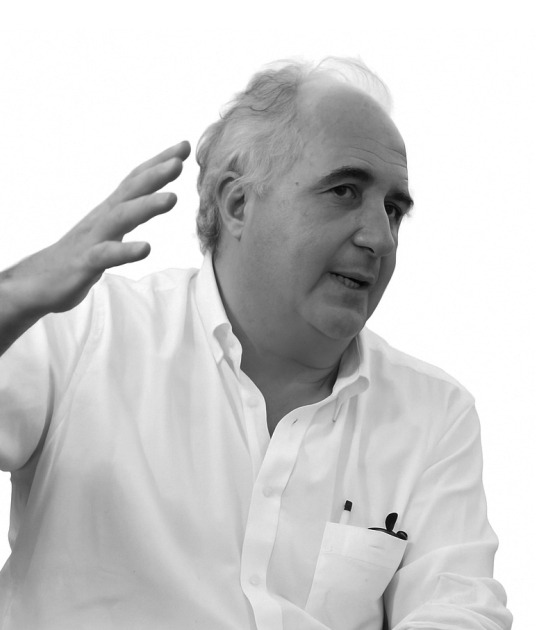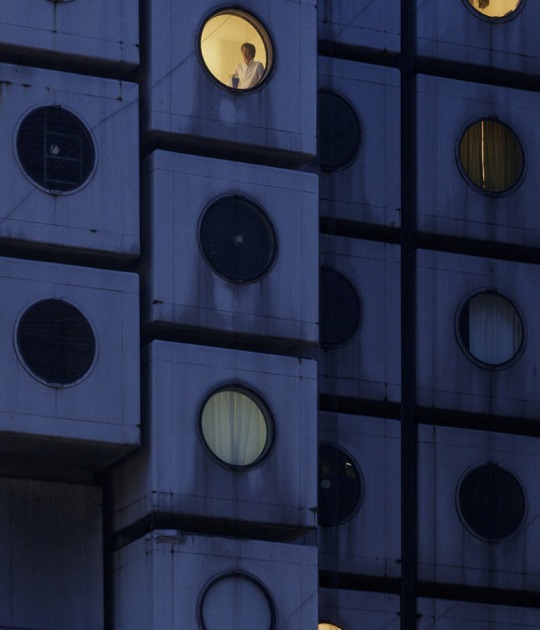When in the 1990s, for the first time, the renovation of the master’ houses took place, their original appearance was very disfigured: while the Moholy-Nagy House and the Gropius House were completely destroyed during the war, and both they were replaced in 2014 by two proposals, which were both highly praised and also controversially discussed, two buildings by Bruno Fioretti Márquez office, the Muche-Schlemmer House, where the fellows holders now live, and the Feininger House, which is used by the Kurt Weill Society, they appear as a mixture of reconstructed facades and spatial structures, with details and additions later.
The Kandinsky-Klee Master House is different now. During the remodeling 20 years ago, it had been refurbished as a gallery building and air conditioning was installed, with the hope of being able to make exhibitions with high profile loans.
Now after the restoration of the 93-year-old building, the walls show the colors of 1933. The result of a three-year rehabilitation process under luxury conditions, which the Wüstenrot Foundation not only financed with 1.5 million euros, but also also accompanied with its scientific team. Winfried Brenne Architekten (Berlin), familiar with the renovation of modern buildings, has sealed the roof, the terraces and the basement and repaired many exposed areas.
The Atelier Schöne (Halle), specializing in restoration, has recorded exactly 100 different shades, analyzed microscopically, mixed and applied so that the brush marks and bumps of the time of origin remain visible.
The goal of the renovation was to solve the authentic without erase the traces of history, says Philip Kurz, General Director of the Wüstenrot Foundation. If this has been successful it will be based on the interpretation of the term "authentic", on which the curators of monuments have always discussed.



































